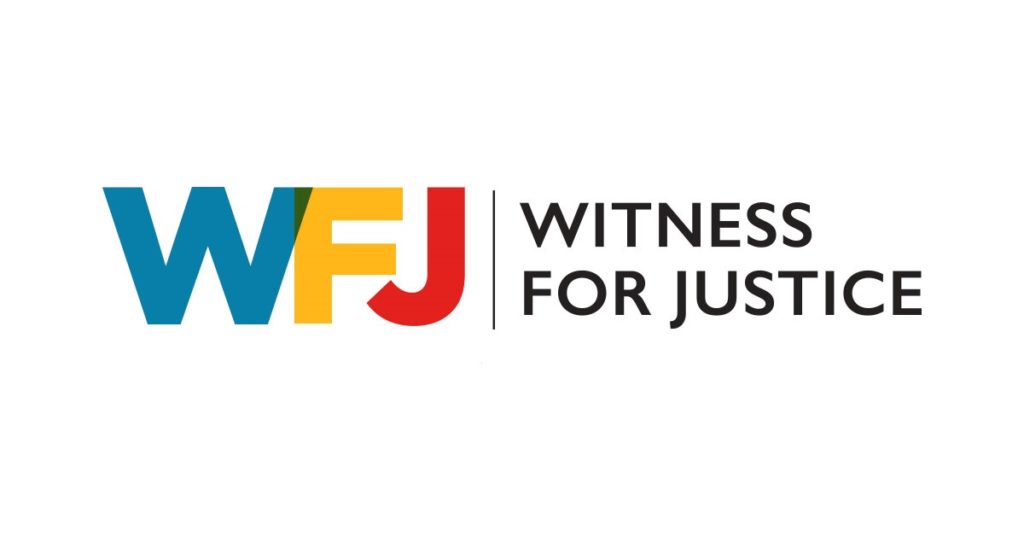Commentary: My Civil Rights Excursion
 Recently, I went on a civil rights tour with my colleagues to Birmingham and Montgomery, Alabama. It was a powerful experience, with the unique opportunity to understand the region through the perspective of a colleague who had been born in Birmingham.
Recently, I went on a civil rights tour with my colleagues to Birmingham and Montgomery, Alabama. It was a powerful experience, with the unique opportunity to understand the region through the perspective of a colleague who had been born in Birmingham.
As a proud African American male who grew up amid the civil rights crusade, I had always wanted to visit these key cities. While most of the information on the tour was not new to me, the emotional experience was challenging.
In Birmingham, we toured 16th St. Baptist Church and the Civil Rights Museum, walked through Kelly Ingram Park, and visited the jail cell where Rev. Dr. King was last held while in Birmingham five months before his assassination in Memphis, TN by James Earl Ray in 1968. By the end of the day, I was emotionally raw.
In Montgomery, we had the opportunity to tour the Legacy Museum, built on a site where enslaved people were warehoused before auction, And located merely a few blocks away from a shipping dock and railroad station where thousands upon thousands of African descendant peoples were trafficked. The museum provoked all one’s senses—visually, audibly, and tactilely.
Afterward we headed over to the National Memorial for Peace and Justice, which identifies itself as “the nation’s first memorial dedicated to the legacy of enslaved black people, people terrorized by lynching, African Americans humiliated by racial segregation and Jim Crow, and people of color burdened with contemporary presumptions of guilt and police violence.” By the end of our excursions, I and my colleagues were emotionally drained. We had spent two days being immersed in civil rights history. It was a mini “crash course” for religious professionals who work on social justice issues.
The most challenging lesson for me during that immersion had to do with Whites’ misuses of the Bible to deem African descendant people legally inferior and regulated by segregation, a.k.a. Jim Crow Laws. Of course, I was aware of the falsehood of white supremacy. I grew up in a home where Jim Crow was openly discussed. I learned about “separate, but equal” in my public-school education. I was able to deepen my knowledge of these matters while applying a theological lens while in my seminary degree programs.
Still, my civil rights excursion emphasized something I (re)examined closely for quite some time: Humankind can do evil things to one another when fear is the underlying motivator. The depths of this brand of evil breaks my heart. The racist “othering” persists today. The ways in which people of color who attempt to cross the U.S. southern border are treated demonstrates this “othering” tactic. It is a tool utilized against many non-white groups who are considered to be outside of the dominant culture.
I feel it important to name that in order to deem a group the “other,” they must be presented and accepted as less than human by those attempting to create the narrative. When such a myth is adapted by the dominant group, the “othered” group suffers—emotionally, economically, legally, physically and more. I have faith in a God who has the power to transform even the coldest evil heart. I also believe history bears out my belief.
I have heard it said that laws cannot regulate human hearts; only relationships can transform them. Yet I believe that without the passing of laws, those relationships may not have been possible, at least not legally. The Civil Rights Act of 1964, the Voting Rights Act of 1965, and the Fair Housing Act of 1968 came together to end the legal sanctions of the Jim Crow laws. While those laws put an end to the legal segregation of Blacks, there are still many racial prejudices against them in the 21st century.
While there are still many battles to be won in the name of civil rights, my recent immersive experience has refueled my passion to continue to advocate for change. I stand on the shoulders of many women and men who lost their lives so future generations could be free to live without the threat of humiliation or death. I pray that my colleagues who were present, and those reading this, will also (re)commit to advocate for change. Because in the end, and in the eyes of God, Black Lives Matter.
Bentley deBardelaben-Phillips is Executive Associate and Team Leader of the Education for Faithful Action Plus (EFA+) Team in Justice and Local Church Ministries for the United Church of Christ.
View this and other columns on the UCC’s Witness for Justice page.
Donate to support Witness for Justice.
Click here to download the bulletin insert.
Related News
O Holy New Year
As we move into another new year, I find myself with an ear worm of lyrics from O Holy Night,...
Read MoreResisting the Temptation of Numbness
2025 was a long year. For many of us, looking back over the past months repeatedly prompts the...
Read MoreCelebrating Diversity, Equity, Inclusion, and Accessibility
In the beautiful diversity of humankind, we are invited to celebrate diversity, equity,...
Read More